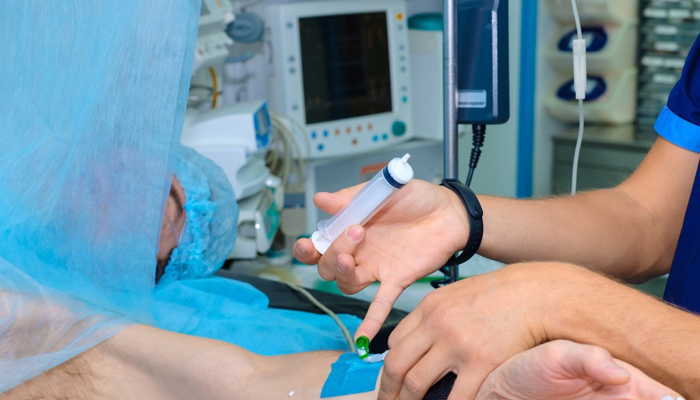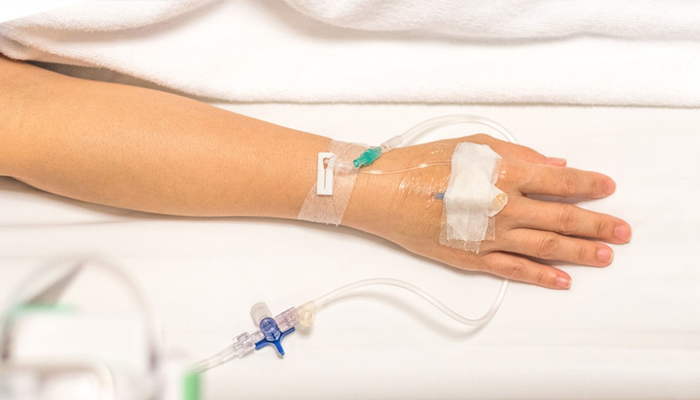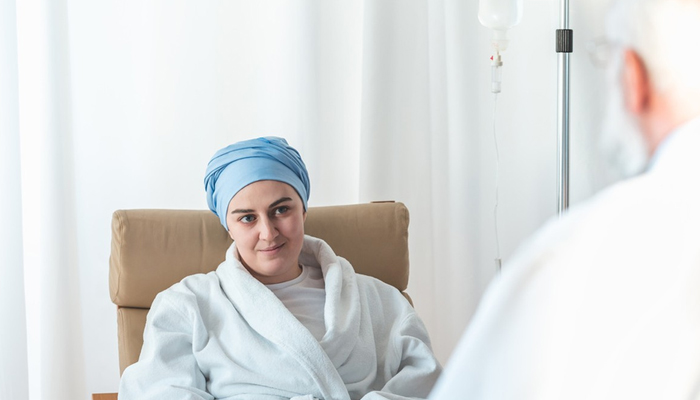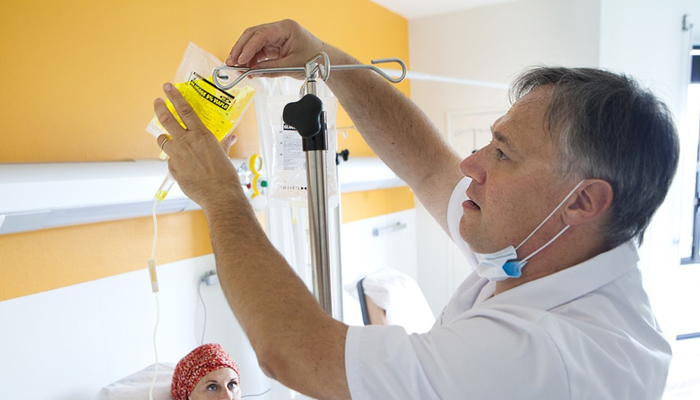
Chemotherapy is a standard treatment for many types of cancer. It involves administering one or more anti-cancer drugs that can circulate throughout the body to eliminate tumor cells. While some chemotherapies are given orally or by injection, the majority are administered intravenously.
How Chemotherapy Works

Chemotherapy works by interfering with the mechanisms of cell division. It is a systemic treatment because it affects all cells in the active proliferation phase, acting on the entire body, unlike surgery which acts locally. Chemotherapy can also be combined with other approaches such as radiotherapy, hormone therapy, targeted therapy, or immunotherapy.
The drugs fight cancer cells through different mechanisms, targeting DNA, RNA, or enzymes necessary for their proper functioning. The challenge is always the same: disrupting the processes essential to the multiplication of tumor cells. There are four main classes of chemotherapeutic molecules.
Chemotherapy Protocols

Chemotherapy protocols are determined based on the characteristics of the patient and their cancer. Treatment takes place in a hospital or clinic in the form of cycles alternating phases of drug administration (cures) and rest phases to allow the body time to recover. Many criteria guide the choice of chemotherapy: type of cancer and stage of development, location of the tumor, age, general state of health, medical history, etc. All of these elements are taken into account by the medical team to jointly offer the patient a personalized care program.
The total duration of treatment varies depending on the protocols but usually ranges from 3 to 6 months.
Life During Chemotherapy

Due to their mechanism of action, chemotherapies can also affect certain healthy cells, particularly those that are actively multiplying: bone marrow, hair, skin, etc. The repercussions on the body can be reduced by supportive care and appropriate medication.
The most common adverse side effects of chemotherapy are nausea and vomiting, digestive problems, metallic taste, skin problems on the feet and hands, temporary hair loss (alopecia), sensory disturbances, or fatigue linked to a drop in the concentration of blood components (platelets, red blood cells, white blood cells, etc.).
The Future of Chemotherapy

Inseparable from the rise of oncology in the 20th century, chemotherapy no longer represents the main axis of medical innovation today. More easily questioned (for example, it is no longer used in certain leukemias) or supplemented by promising approaches such as immunotherapy, it nevertheless remains essential in the therapeutic management of many forms of cancer.
Chemotherapy is a standard treatment for many types of cancer. It involves administering one or more anti-cancer drugs that can circulate throughout the body to eliminate tumor cells. While some chemotherapies are given orally or by injection, the majority are administered intravenously.
